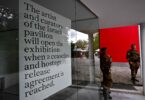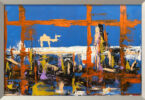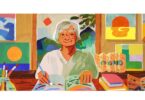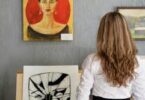Monitoring Desk
ISTANBUL: With a wide selection for art and culture lovers who want to take part in Turkish language, art and music classes both online and in-person, the London branch of the Yunus Emre Institute – Türkiye’s flagship agency for Turkish language education abroad with 60 branches worldwide – is ready to launch its brand-new term.
The institute’s curriculum variety this year includes oud, ney, tezhip (art of illumination), ebru (paper marbling), hüsn-i hat (calligraphy), Iznik ceramic, and of course Ottoman Turkish and Turkish language classes.
After two years of online education, the courses finally return to a face-to-face format this term with the online alternative also staying as an option. The most sought-after course of the institute – Turkish language – aims to teach students the four foundational skills of the Turkish language.
Alongside modern Turkish, the institute also offers Ottoman Turkish courses, this term taught by historian Cumhur Bekar – a course that allows students to gain knowledge to understand centuries of texts from the Ottoman Empire. A wide selection of texts are used in the course to familiarize students with Ottoman Turkish including chronicals, travel books, first-person narratives, newspapers, sultan orders, reference works, treatises and letters from the 19th century and early 20th century.
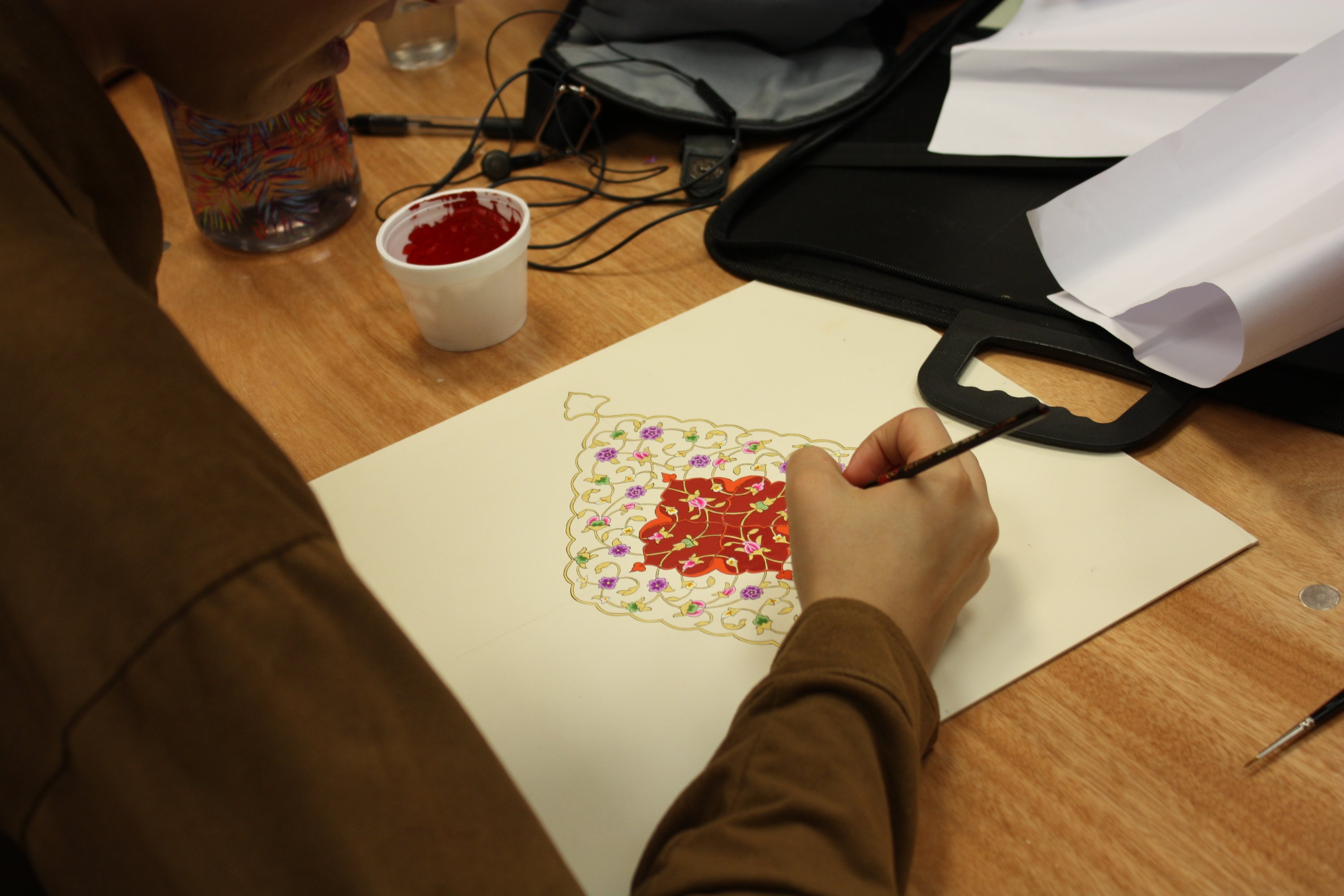
Apart from language courses the institute also has comprehensive Turkish arts lessons, one of the most mesmerizing being the art of tezhip or illumination. Tezhip – which quite literally meaning to “ornament with gold” – is a uniquely Turkish decorative art form that has been adorning books, manuscripts, calligraphy and much more for hundreds of years. Resting at the cross-section of the uniquely intricate cultures of Turks and Islam, tezhip is one of the most valued arts in both. This year’s tezhip courses will be attended by artist Nagihan Seymour.
Of course, when one thinks of tezhip, one is also reminded of calligraphy, the beautiful art of writing, which is also taught at the institute. The art of calligraphy, with its aesthetic beauty adorning the pages of books, tiles of mosques, the walls of homes and monumental places alike, combines visual aesthetics with the precision and functionality of hand-drawn letters created using pens or brushes. This year, master Gulnaz Fatima Mahboob will teach students this art form.
Among the other wonders of Turkish culture that are on offer at the institute include ebru, or paper marbling – a centuries-old art performed using aqueous natural pigments mixed with ox-gall in a rectangular trough filled with thickened water to create spectacular and unique images; ney courses – which will provide an overview of one of the oldest musical instruments still in use, and unquestionably a very important part of Ottoman Court and Turkish classical music – and of course oud, or ud courses – teaching the mastery of this large-bodied, short-necked, fretless stringed instrument alongside basic music theories, practices and maqams used in Turkish music.
Since opening its doors in London in 2010, the Yunus Emre Institute has been improving the bonds of friendship between Türkiye and the United Kingdom.
Courtesy: Dailysabah


